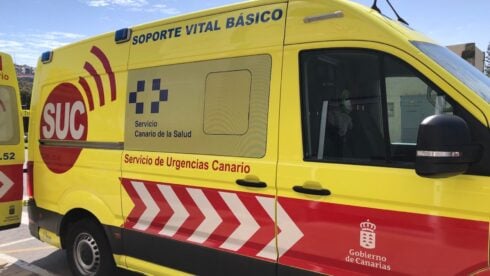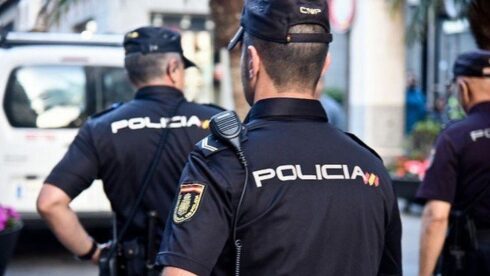By Gaspar Cuesta, of Hispalense language school in Tarifa
THE proof confirming that Christmas is mainly a pagan festivity in Spain is that everybody considers December 22 as the first day of festivities.
Why? Because it’s the day of the Christmas lottery (el día de la Lotería de Navidad) and everybody dreams of winning ´el Gordo´ before Christmas Eve supper.
The morning of the 22 in every shop, bar and hairdressers around the country radios and TVs are blaring out the unmistakable sound of San Ildefonso’s children singing the winning numbers.
That day practically all of the Telediario (the afternoon’s news programme) is dedicated to showing winners opening bottles of champagne and pouring them on everybody as if they had won an F1 race.
The funniest thing is that those who really won el Gordo are flying to the Caribbean quietly after having deposited the lottery ticket in a bank.
Everyone else, after ripping up their ticket, starts to make preparations for the Cena de Nochebuena (Christmas’ Eve supper) where all the relatives (brothers-in-law, mothers-in-law, etc) will meet (sounds dangerous, doesn’t it?) for perhaps the only time of the year.
The supper may start about eight in the evening and finish, well at sunrise. The main dish is said to be the turkey but what you cannot miss on your table is langostinos (prawns) and good ham.
The rest is not so important (though you will be eating the same food leftovers for a week).
And, of course, after the supper you can’t forget the turrón and the polvorones (typical sweets for the period). Try drinking some water while eating a polvorón and you will get… concrete in your mouth.
You will see grown men fighting their kids for sweets, even underneath cars
After some glasses of anís everybody will be singing villancicos (Christmas carols) and playing the pandereta (tambourine) while the figurines of the Belén (Nativity scene which represents the place and the moment of the birth of Jesus) cover their ears.
The hangover (resaca) of the following day is guaranteed.
Some days after Nochebuena, on December 28, we celebrate el Día de los Inocentes (our particular Fools’ Day). So be careful with the jokes and false news.
If you see everybody smiling and telling you “Inocente, inocente” maybe you have a paper doll stuck on your back.
we start the following morning dipping churros (flour fritters) in hot chocolate at dawn, probably with a tie around our forehead and the shirt open and stained after a long party night
On December 31st (Nochevieja) we have more langostinos, jamón and turrón but the most important is tomar las uvas (eat the grapes): everybody has a small dish with twelve grapes prepared to be swallowed, one with each campanada (stroke) of the television clock from central Madrid at midnight.
I think it’s the only tradition which links together all the people in a country with so many customs and nationalisms.
We start the year eating grapes with a smart suit or dress and we start the following morning dipping churros (flour fritters) in hot chocolate at dawn, probably with a tie around our forehead and the shirt open and stained after a long party night.
Christmas (fortunately) finishes on January 6 with the Día de los Reyes Magos (the Three Kings Day).
Adults and children find their presents when getting up in the morning and spend all day wanting to play with their new gizmos while the adults hunt high and low for batteries which they have forgetten. Don’t miss the Cabalgata the previous evening and you will see adults fighting against kids, even under the cars, trying to get the sweets thrown by the Three Kings from their floats.
www.hispalense.com
Click here to read more News from The Olive Press.





